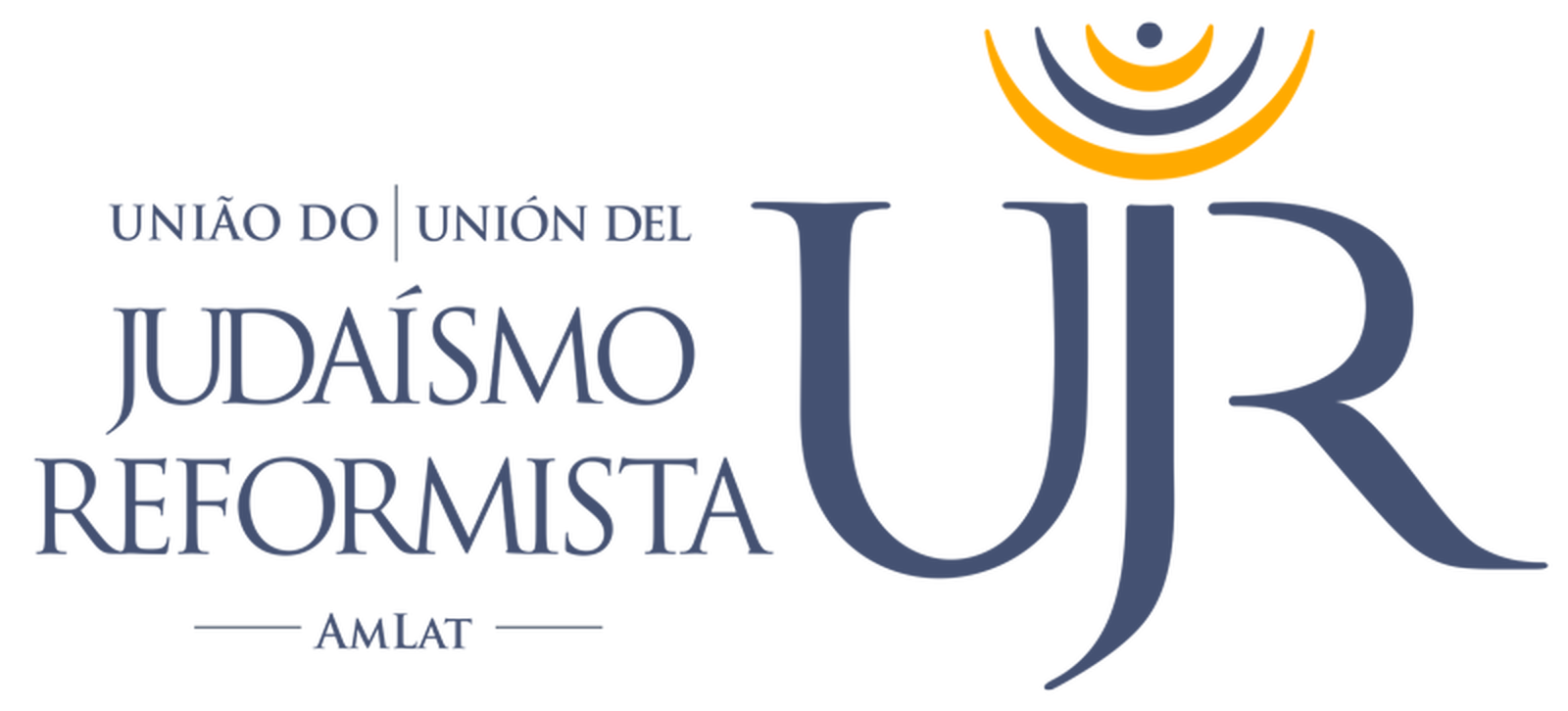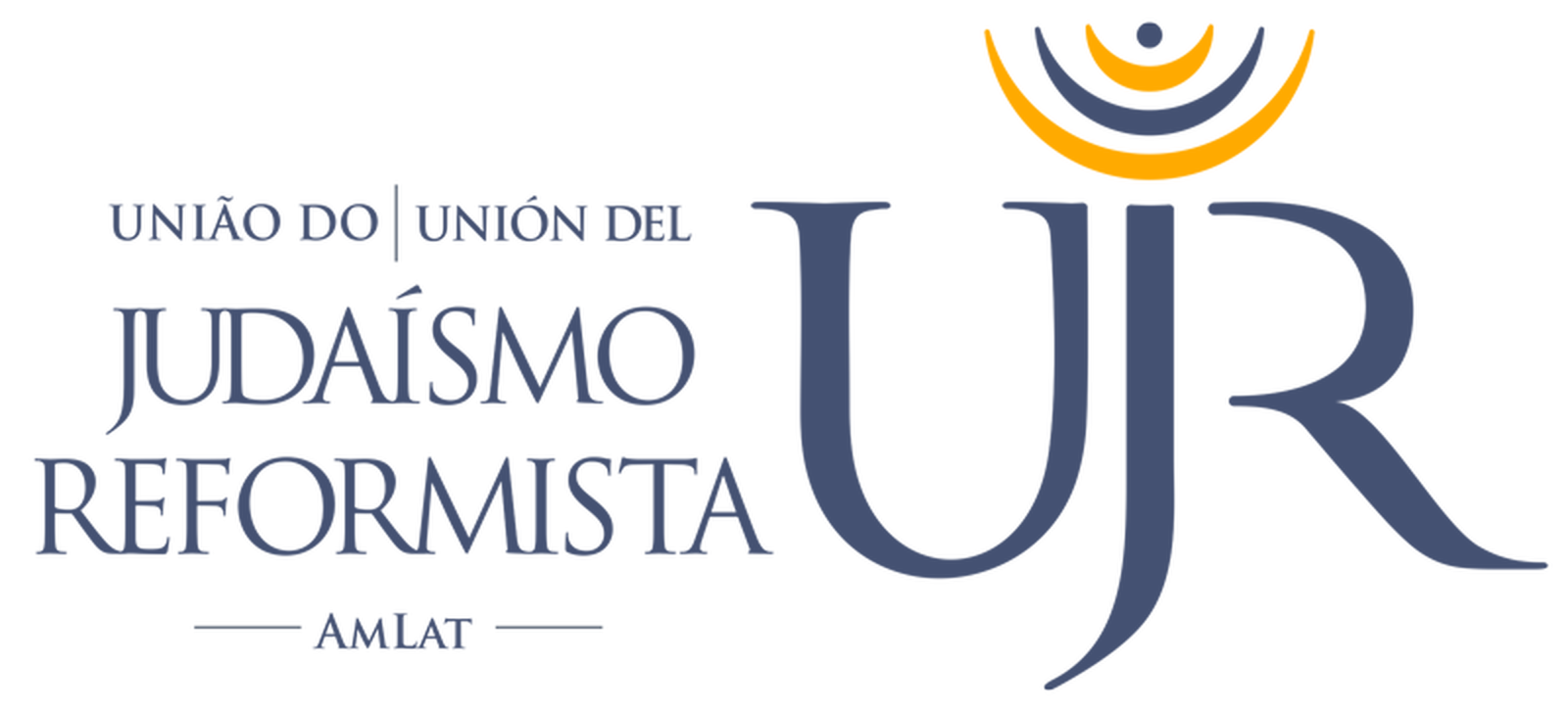We live in a time that is foreign to Judaisms but, at the same time (what a blessed ubiquity!), we inhabit the history of our Judaisms in this time and outside this time. The Jewish time was never one: we inhabit a biblical or circular temporality, determined by reading the Torah, by the festivities and biblical celebrations. We also inhabit a prophetic, linear and historical temporality, from a starting point that leads to messianic spatiality. A temporality that starts from the Exodus narrative, from a time that goes from oppression and slavery to the freedom of the Promised Land: a moral time that culminates in freedom and redemption. However, we are also a rabbinic or Talmudic timelessness, of the report as a narrative spatiality outside of time, where the exegetical discussion, the dialogue and the discussion of the rabbinic schools and not by the division between the past, the present and the future give meaning.
The year of the historical time that we inhabit has ended, while our Jewish year has started months ago; today we are closer to the celebration of Tu b’Shvat – our connection to the created world represented by trees – than to the theological-political decision founded by the Roman Empire and the Catholic Church. So what are we really celebrating? The renewal of Bible reading and our connection to the world of nature or the beginning of the twenty-first year of the 21st century? We celebrate inhabiting the time and space the paths of our Judaisms trace. We are in the time of the foreigner, who makes us responsible for creation, where the history of the others becomes our time, and the Judaisms that are in the world; but we also celebrate Jewish history as a spatiality that transforms time into a narrative, into life and into the interpretation of how to make the report a form of existence.
Franz Rosenzweig, the wonderful Jewish thinker of the early twentieth century, wrote in his Introduction to Jewish Thought (1921) that the task of thinking in Jewish terms is “to weave again the torn threads between the everyday and the festive day”. To make every day, a complete week of work dedicated to thought, a preparation for the Shabbat of thought”. What does Rosenzweig want to tell us? That we should also make everyday life a sacred time, represented on Shabbat; that we must unite what is common with what is extraordinary; that we must unite life with thought; that we must take the day-to-day of its historical temporality and convert it into a Jewish spatiality, in which to think about life. Thinking about life not only in its completeness, which goes beyond calendars or narratives, but also as a creation that makes us responsible for our actions, for our neighbors and for the natural world.
—
Emmanuel Taub has a doctorate in Social Sciences from the University of Buenos Aires; his general work has been focused on Jewish thought and its revelation with philosophy, political theology and language. He has published “Mesianismo y Redención: Prolegómenos para una Teología Política Judía” (2014).



